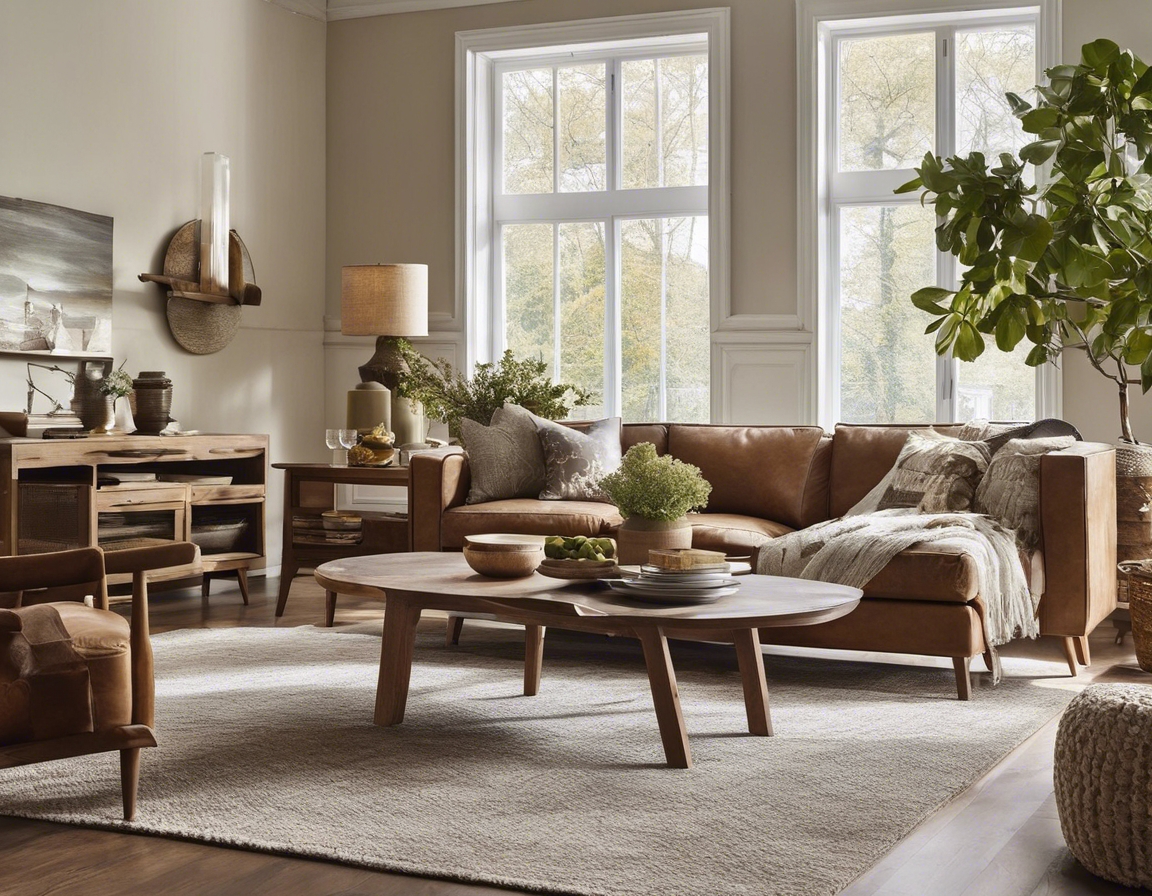Sustainable choices in furniture manufacturing
As the world becomes increasingly aware of the environmental impact of consumer choices, the furniture industry is no exception. Sustainable furniture manufacturing is not just a trend; it's a commitment to environmental stewardship and social responsibility. This approach considers the entire lifecycle of a product, from the sourcing of materials to its ultimate disposal or reincarnation.
Sustainability in furniture manufacturing addresses the need for products that are not only durable and functional but also environmentally friendly. It's about creating pieces that don't deplete natural resources or contribute to pollution and waste.
Every piece of furniture has a story that begins long before it enters a living room or office space. Sustainable furniture takes into account the origin of materials, the energy consumed during production, and the longevity and recyclability of the final product.
Materials Matter: Eco-Friendly Options
Reclaimed wood is a prime example of sustainable material. It reduces the need for new timber, preserves forests, and adds unique character to furniture pieces.
Bamboo is celebrated for its quick growth cycle and minimal environmental impact. It's a versatile material that offers strength comparable to traditional hardwoods.
Using recycled metals and plastics not only reduces landfill waste but also saves energy compared to producing new materials from virgin resources.
Natural fibers like cotton, wool, and jute are renewable and biodegradable, making them excellent choices for upholstery and other furniture components.
Designing for Durability and Longevity
Opting for classic designs ensures that furniture remains relevant and in use for years to come, reducing the need for frequent replacements.
Modular furniture can adapt to changing needs and spaces, extending its functional life and reducing waste.
Manufacturing Processes That Protect the Planet
Manufacturers can minimize their carbon footprint by using renewable energy sources and optimizing logistics to reduce transportation emissions.
Choosing non-toxic finishes and adhesives is crucial for indoor air quality and the health of both consumers and workers.
Implementing energy-efficient practices in the workshop not only cuts costs but also reduces the environmental impact of furniture production.
End-of-Life Considerations
Designing furniture with recyclability in mind ensures that materials can be repurposed at the end of the product's life, contributing to a circular economy.
Take-back programs encourage consumers to return their old furniture, allowing manufacturers to refurbish or recycle it, thus supporting a circular economy model.






Comments (0)